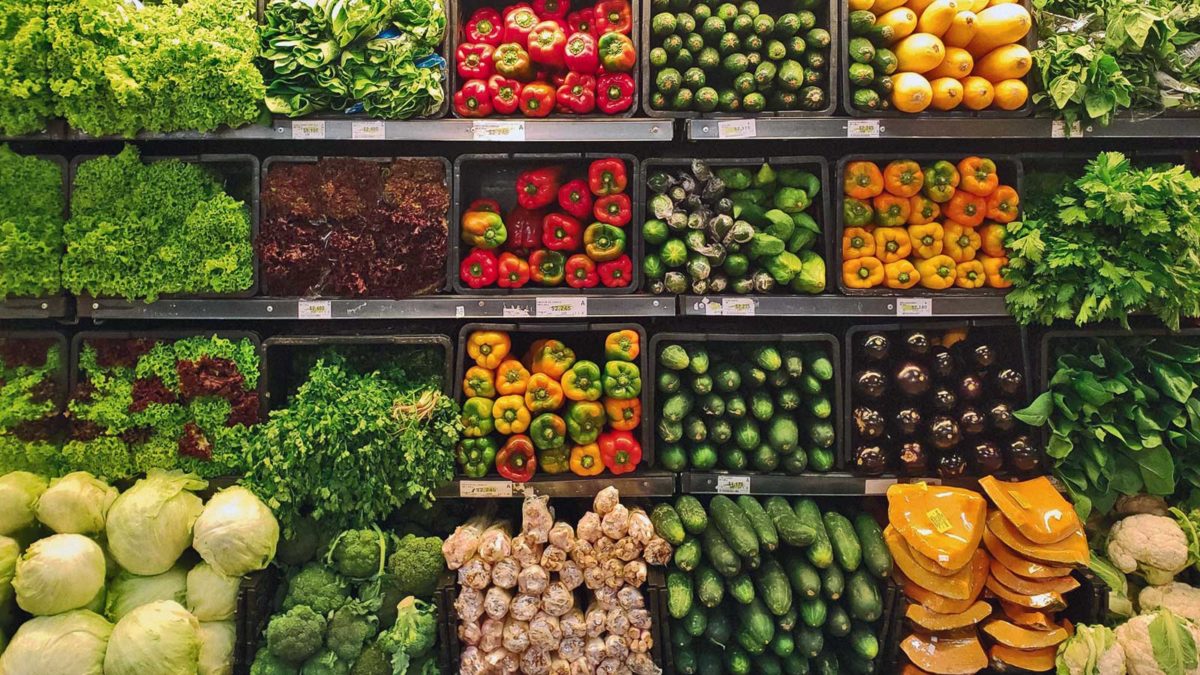An inside look at the technology boom driving Australian retail
In April 2021, 5.2 million Australians shopped online, according to Australia Post’s 2020 eCommerce Industry Report.
It’s no secret that Covid-19 changed not just Australian retail, but retail operations around the world. The move to e-commerce was brought forward by two to three years and took place at a rapid pace, out of need rather than want.
The pandemic forced consumers to the confines of their home and in-turn drove the e-commerce and click-and-collect digital models to receive products delivered to the door. The move to online shopping was instant.
Retailers that already had a digital offering quickly took over from their bricks-and-mortar counterparts. The retailers that didn’t adapt to the changing landscape were placed under huge financial stress.
Some were forced to shut up shop when they couldn’t afford rent. In a do-or-die world that has fast-tracked digital transformation, Covid-19 simply turbocharged this transition.
A year after the pandemic, traditional retailing has recovered, somewhat. Even so, it’s fairly evident the shift to online is here to stay and will only accelerate further. Shoppers have changed, and so have shopping habits: convenience and shorter delivery times are now to the fore. This rise in online shopping has brought about the need for automated fulfilment centres to meet rising demand and to do so efficiently.
“Dark stores,” or fulfilment centres, are said to be the answer. These are massive warehouses, run by moving robots whose sole purpose is to pack online orders for pick-up or delivery. These facilities have been termed “dark” warehouses due to the “lights-out” operating conditions, with little human presence.
The warehouses are run with automated retrieval systems, high-speed conveyor belts and internet of things (IoT) sensors to guide driverless forklifts in moving pallets. The warehouse robot pickers are all hooked-up an artificial intelligence computer that configures the picking order and issues instructions. There is a total lack of human input.
According to research conducted by Macquarie on Australian supermarkets in its ‘Bricks and Clicks’ report, the broker believes that “online groceries have the potential to be as profitable as the offline channel if well-managed and alternative ways of monetising the network are utilised.”
Macquarie uses European technology player Ocado’s recent performance to suggest that volume and monetising virtual shelf space are the key ingredients to a profitable online channel. At present, Macquarie estimates that the current differential between online and bricks and mortar supermarket margins is around 500 basis-points, or 5 per cent, in margin. Online grocery offerings just haven’t nailed it yet.
A UK-based online supermarket/tech company, Ocado Group (LON: OCDO) is well-known in tech circules for its massive warehouse, filled with 1,100 robots, that can put together an order of 50 groceries in just five minutes. Right now, Ocado and Amazon (NASDAQ: AMZN) have solely dark store fulfilment, and coincidentally, they enjoy greater efficiency, faster deliveries, lower overheads, lower costs having fewer employees, and the ability to generate decent margins from online.
Woolworths (ASX: WOW) has followed suit, launching its first micro-fulfilment centre in Carrum Downs, Victoria, late last year. It is the first to deploy Takeoff technology, designed to sort and move up to 10,000 grocery products from automated storage units to team members that are hand-picking customer orders. Fresh fruit and vegetables, together with meat, will remain hand-picked from the shop floor.

In a similar fashion, Coles Group (ASX: COL) is looking to add another $1 billion of online sales with a new system that involves robotics, artificial intelligence, dark stores, and leading software; and it has enlisted Ocado as a partner. The construction of a Melbourne Ocado customer fulfilment centre is in progress and Sydney is underway. Structural work at the Witron automated distribution centre in Queensland is continuing.
The gap between online and bricks and mortar supermarket profitability is shrinking. Online supermarkets don’t have the scale yet to bring down costs and earn decent margins. By the time staff have completed the order and put it on a truck to deliver to the door, profit margins are next to nothing.
However, if using cutting edge Ocado-style tech robots, suddenly a traditional supermarket business can leapfrog competitors in profitability and competitiveness. Online margins start to recover the additional picking and delivery fees as the operation start to get scale, manage inventory and monetise virtual shelf space. Macquarie says “online margins can be improved by 1) automation, 2) monetising a fat tail of SKUs (stock-keeping units), 3) lowering wastage, 4) monetising virtual shelf space, and 5) driving click-and-collect. We see these five operational metrics as key to the success of the channel and recovering profitability for the sector.”
All in all, it is early days, but online grocers such as Woolies and Coles have a real opportunity to capture a growing online grocery market by investing in automated fulfilment centres. The potential to be as profitable as a bricks and mortar store is highly possible. Both WOW and COL need to monetise virtual shelf space to improve margins online to secure a firm hold on the Australia market otherwise the online supermarket master, Amazon, will have no trouble moving in.
Macquarie is positive on Woolworths saying “Takeoff should enhance WOW’s ability to acquire new customers as it solves for immediacy. It allows WOW a significant head start with embedding customer behaviour and lowering the cost of serving online customers.” Once Coles’ full offering with Ocado is complete and operational, the retailer will have an enviable, low-cost, fully automated digital offering.









